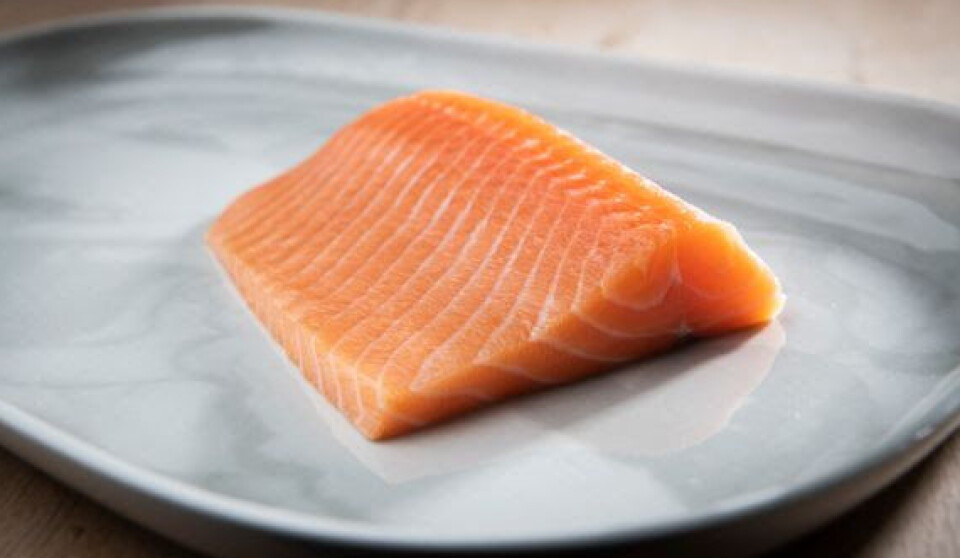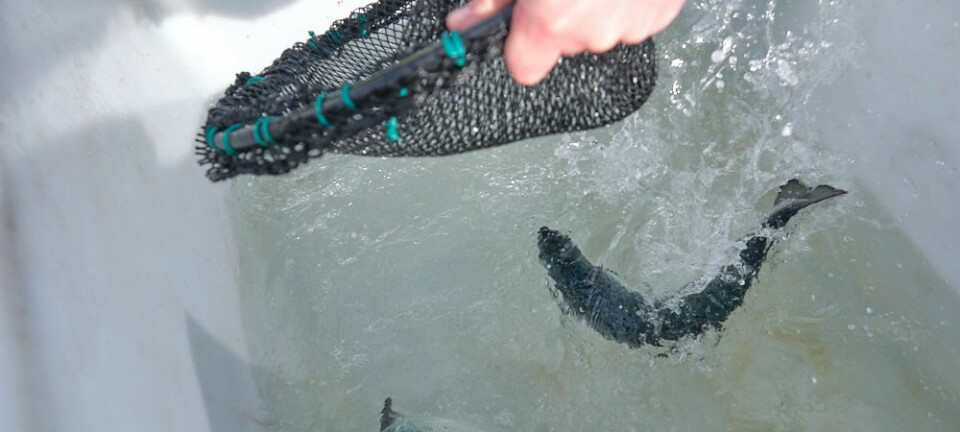
Mechanical delousing reduces colour of salmon fillets, say researchers
Stress may lead to increased breakdown of astaxanthin
Repeated mechanical delousing has a negative effect on the fillet colour of farmed salmon, Norwegian research institute Nofima has reported.
This effect has not been documented before and could be caused by several factors, writes Nofima in a press release. It may be due to increased breakdown of an antioxidant like astaxanthin when the fish are stressed, meaning that less astaxanthin is available for pigmentation.
However, it could also be that reduced feed intake results in lower harvest weight, which is of great importance in relation to fillet colour. If fish are harvested at a lower weight to avoid more delousing, this will have a further negative effect on colour.
High correlation
The findings are based on questionnaires answered by Norwegian industry actors in 2023, data on fillet colour from commercial harvests between 2012 and 2023, and from Nofima’s R&D fish farms. The Norwegian Seafood Research Fund (FHF) has funded the study, which has been carried out by Nofima senior scientist Trine Ytrestøyl and her colleagues.

“There is a high degree of correlation between what the fish farmers report in the questionnaire and what we observe affecting pigmentation in the data analysis, so there is reason to believe it provides a realistic picture of the situation,” says Ytrestøyl.
Not all fish farmers perceive inadequate fillet colour as a problem. Some report a reduction in pigmentation in 2% of harvested fish, while others indicate problems with 20-40% of the harvested fish.
Acceptable colour
There is also variation in their target for the lowest acceptable colour, ranging from 24 to 27 on the SalmoFan scale and between 5 and 7 milligrams of astaxanthin per kilogram of fillet.
Historical data show that the colour intensity of Norwegian salmon has decreased somewhat from 2012 to 2021, with a slight increase after this period. There is also more variation in fillet colour now than in the past, which supports the results of the questionnaire: some fish farmers struggle more with pigmentation than others.
Almost all respondents had taken measures to improve pigmentation. There is more astaxanthin in the feed (50-70 mg per kg) than before and some fish farmers also have more of the omega-3 fatty acids EPA and DHA as well as vitamins in the feed.
“This has had a positive effect, but it is expensive, and we have tried to find out what leads to inadequate pigmentation,” says Ytrestøyl.
Rapid growth = poor pigment
There are seasonal variations in pigmentation which can be taken into account when planning production. Very rapid growth resulted in poorer pigmentation, while the colour increased with greater harvest weight. There was also a clear negative effect from many mechanical delousing treatments.
“This has not been shown before, although it has been mentioned as a possible cause of poor fillet colour.”
What surprised the scientists was the significant difference in colour at harvest between suppliers of hatchery fish. They want to investigate this further to determine what impact the hatchery phase has on pigmentation levels when the fish are harvested.
The mapping includes a range of data that is useful for fish farmers to examine more closely.























































